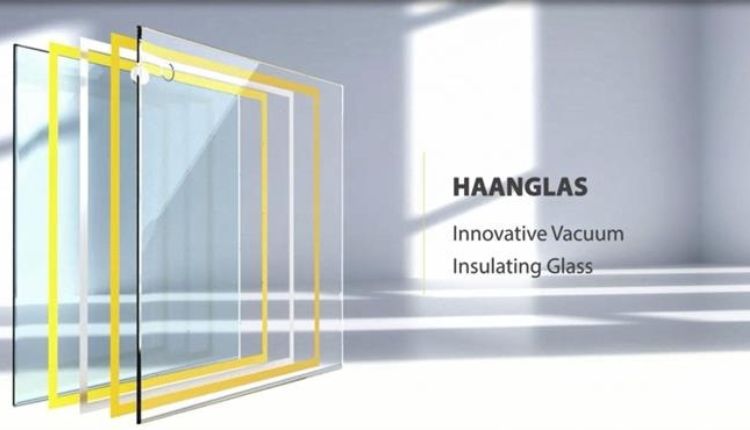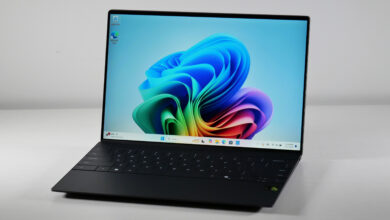Payback Timeline of HaanGlas VIG: Energy Savings in Cold Climates | HaanGlas

When building owners in cold climates evaluate window upgrades, a key question always arises: How long until I break even? In frosty regions—think Canada’s prairies, Nordic countries, or high-altitude zones—heating bills dominate utilities. With HaanGlas Vacuum Insulating Glass (VIG), owners can expect compelling energy savings and rapid payback.
The Baseline: Traditional Glazing vs. VIG Performance
On the HaanGlas VIG Basic page, you’ll find technical data showing U-values of 0.50 W/m²·K in a slim 8.3 mm glazing unit, compared to ~0.60 W/m²·K for many triple-glazed IGUs. Meanwhile, the HaanGlas PRO version delivers U ≈ 0.47 W/m²·K, with high performance under extreme cold.
Because heating energy is roughly proportional to temperature difference × window area × U-value, in colder climates, a drop from 0.60 to 0.47 W/m²·K yields 20–30% lower heat loss through glazing. Over a heating season, that’s significant margin.
Example Payback Calculation
Scenario: An apartment building in a cold climate region (heating season ~6,000 °K·h equivalent), with 300 m² of window area. Assume gas heating cost $0.10 per kWh equivalent, and a VIG retrofit improves U by 0.13 W/m²·K over triple glass.
Rough energy savings = 0.13 W/m²·K × 300 m² × 6,000 h = 234,000 Wh = 234 kWh (× 1,000) → ~234,000 kWh
At $0.10/kWh, that’s $23,400 in savings per year.
If the incremental cost of VIG retrofit is $100,000 (glass + install), payback = ~$100,000 ÷ $23,400 ≈ 4.3 years.
In many real projects, incremental cost is lower—and utility prices higher—so payback often lands in 3–7 years.
Cold-Climate Advantage of VIG
High ΔT sensitivity: In very cold climates, the temperature difference between indoors vs outdoors is greatest, so improved insulation yields more absolute savings.
Long heating season: The longer the heating season, the faster the payback.
Avoiding chill return: VIG keeps interior glass surface warmer, reducing heating load on adjacent air.
Reduced HVAC load: Because windows are better insulated, overall heating system sizing can be reduced slightly—adding compounding savings.
Real-World Evidence & Case References
On the HaanGlas “Retrofitting with Energy-Efficient Vacuum Glazing” page, project cases report up to 60% energy cost savings post-upgrade.
In the PRO product page, HaanGlas also highlights that VIG can maintain condensation resistance down to –60 °C conditions, ensuring performance in harsh winter climates.
These documented results reinforce that not only is payback plausible, but performance is stable over decades.
Why Decision-Makers Should Care
Strong ROI vs. other retrofits – VIG competes with insulation upgrades or HVAC replacements but often requires less disruption.
Asset value increase – Lower energy bills, more comfort, and modern technology raise resale or rental appeal.
Green building advantages – VIG helps projects qualify or exceed requirements in LEED, Passive House, WELL, etc.
Low maintenance and longevity – HaanGlas offers warranties (e.g. 15+ years) and designs tested for durability.



